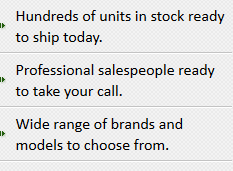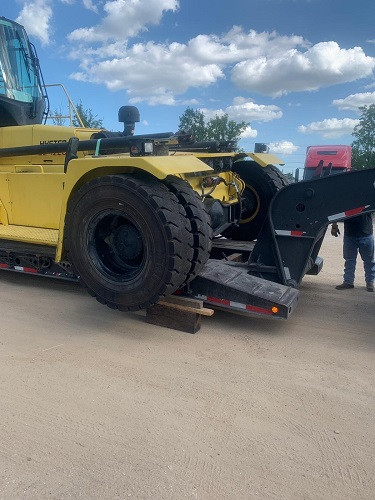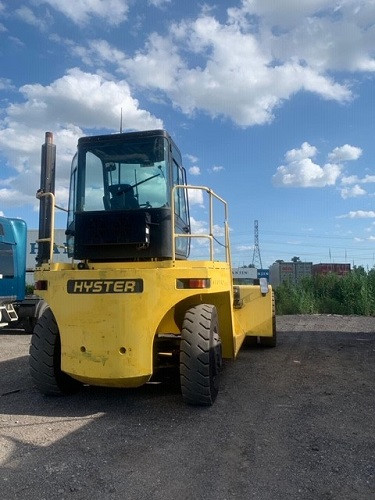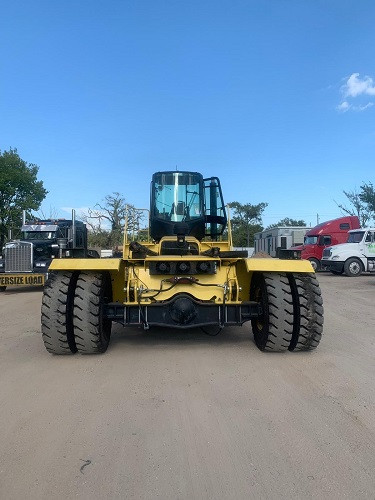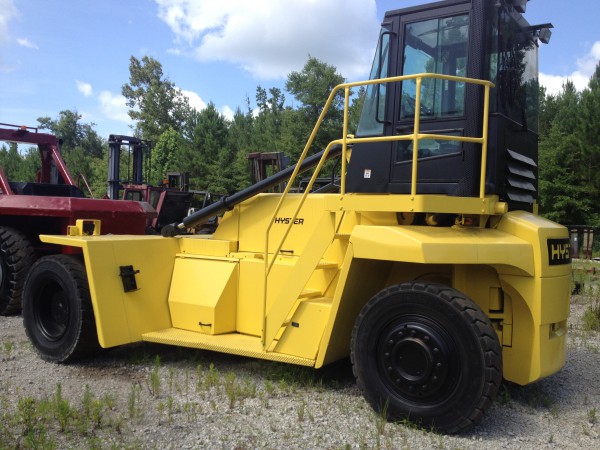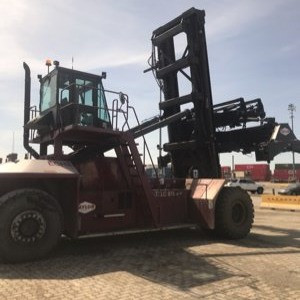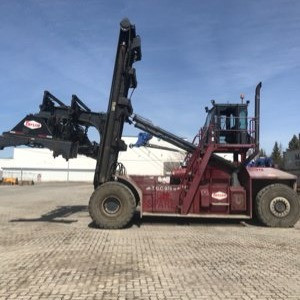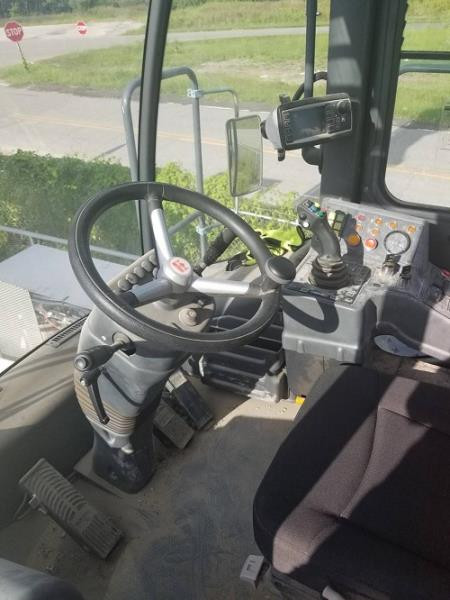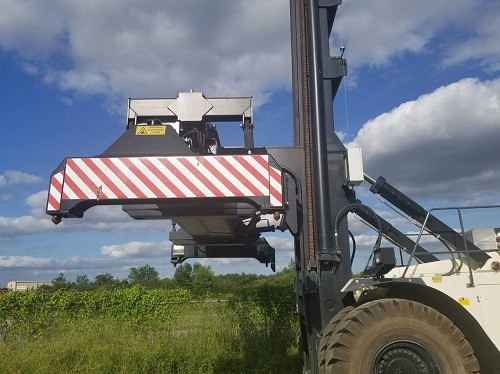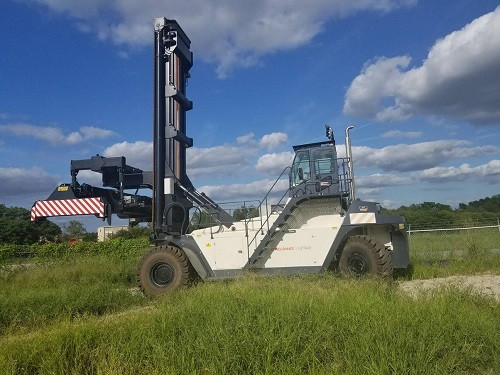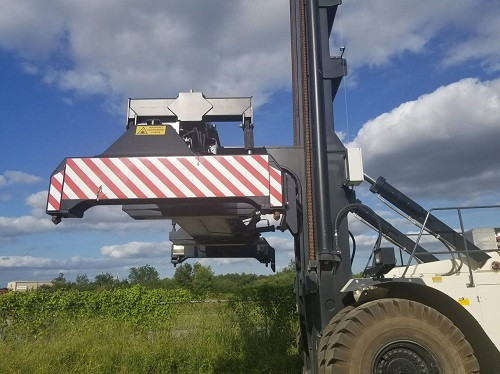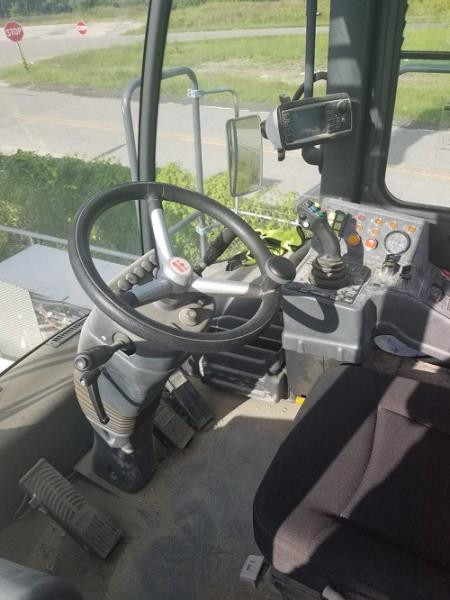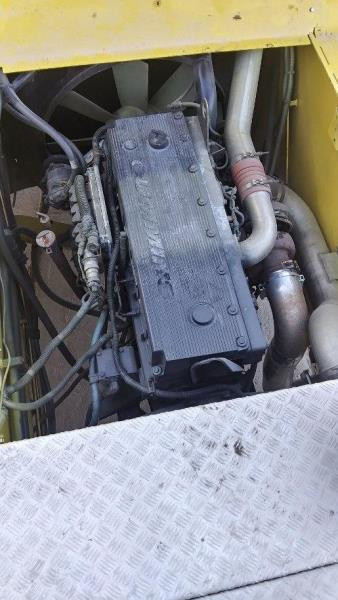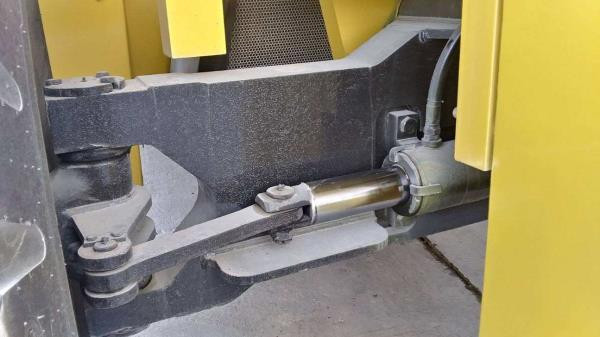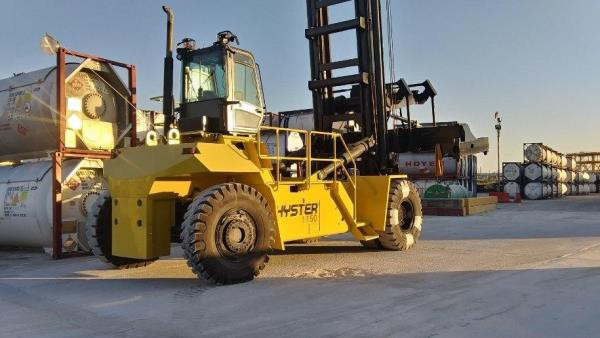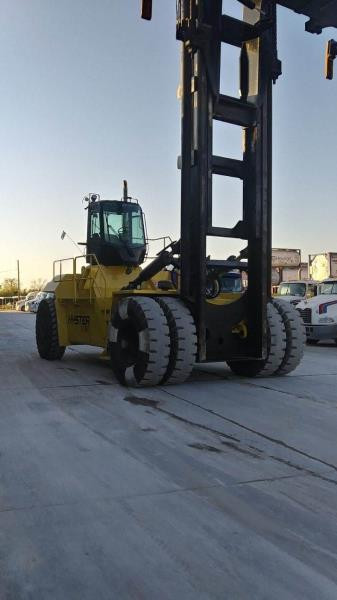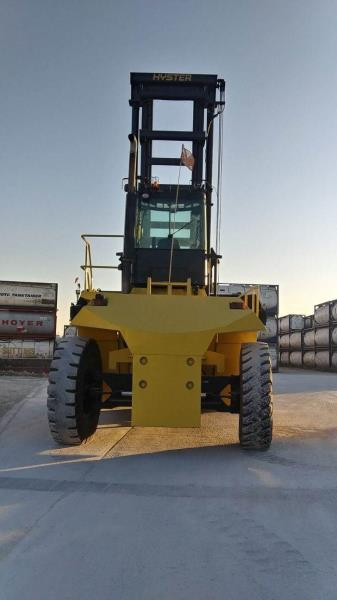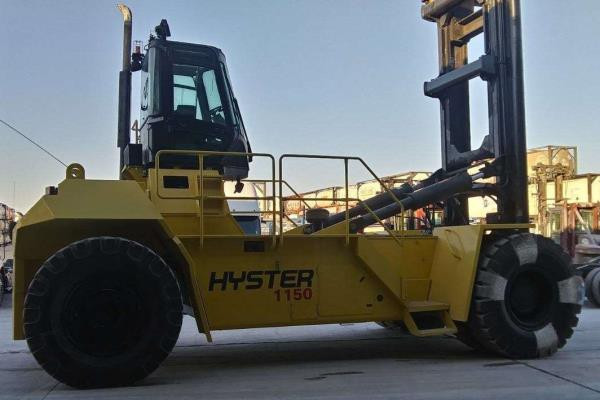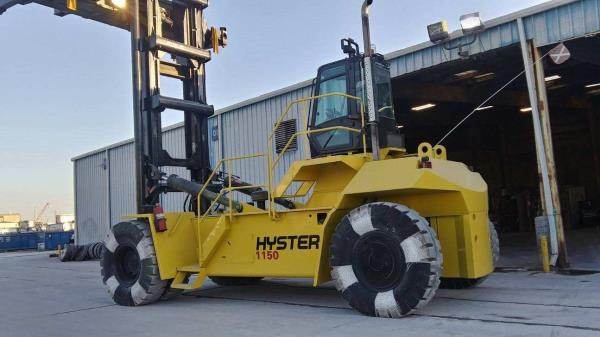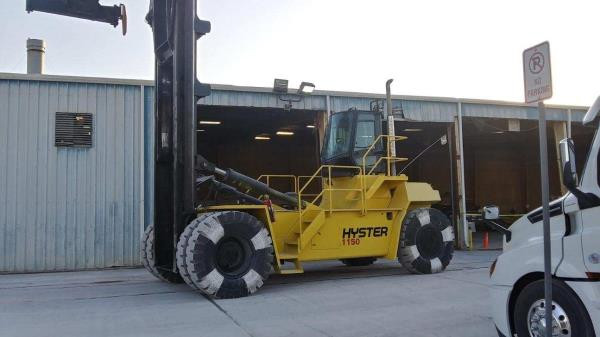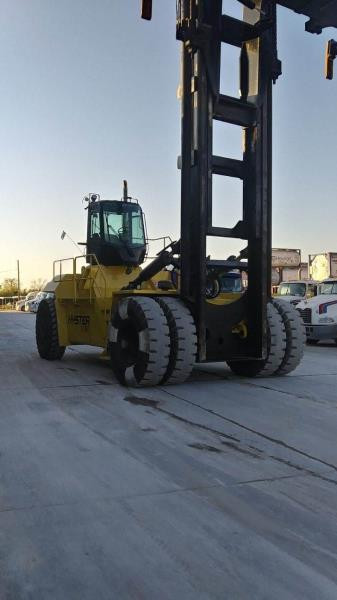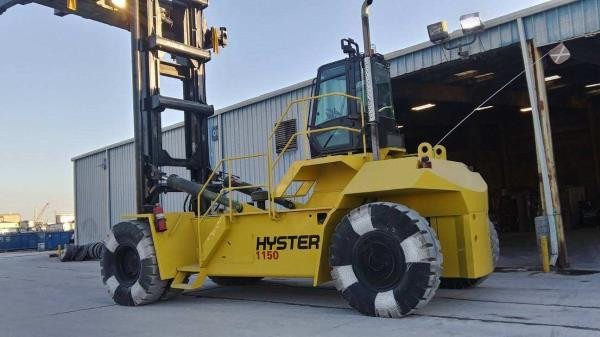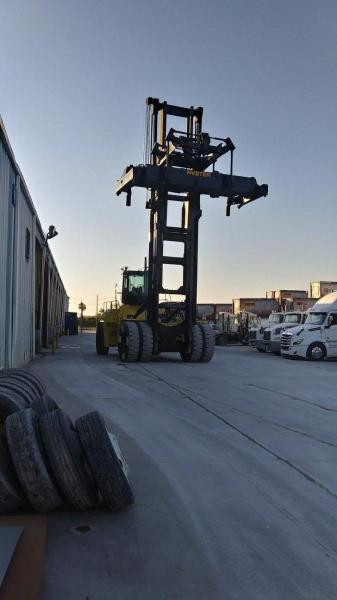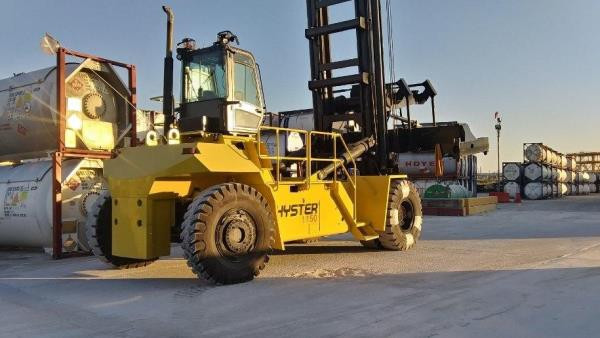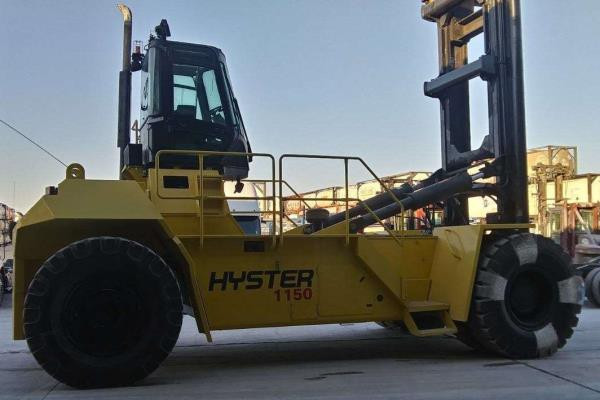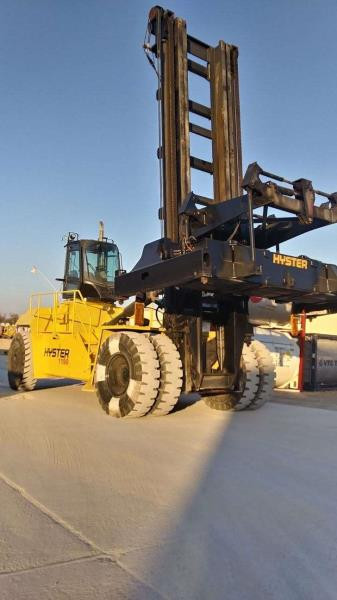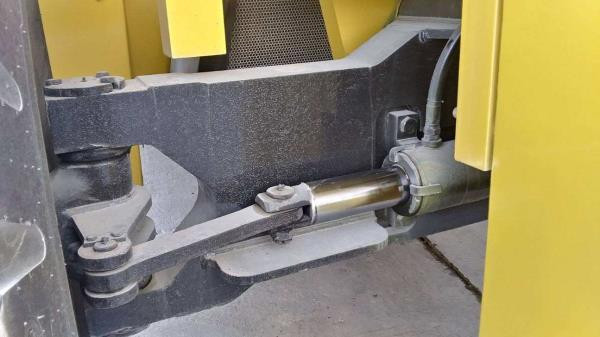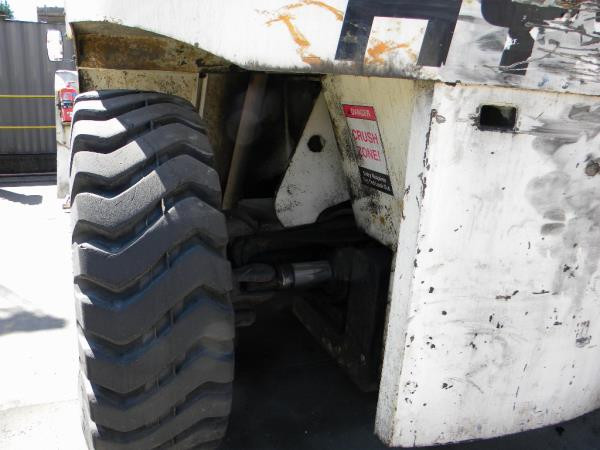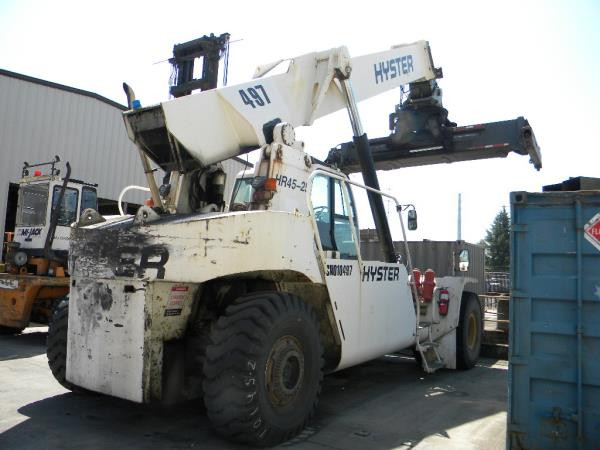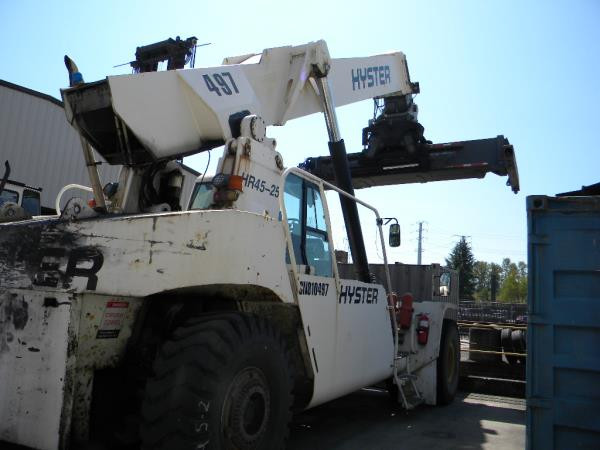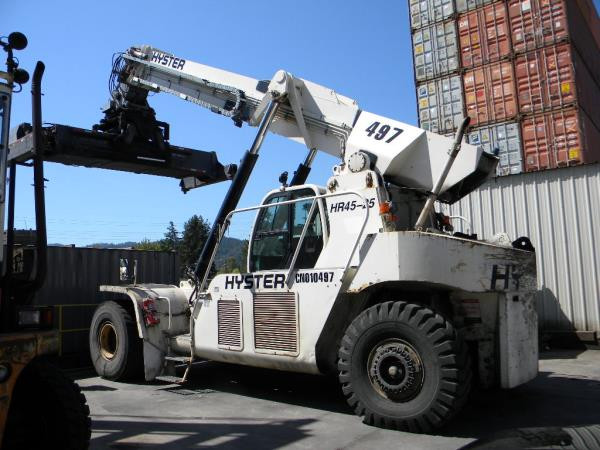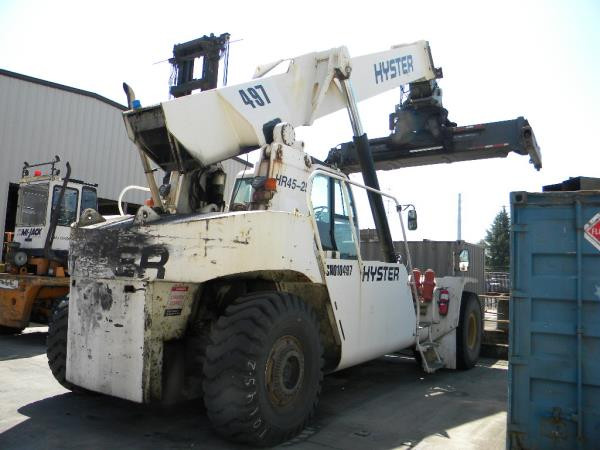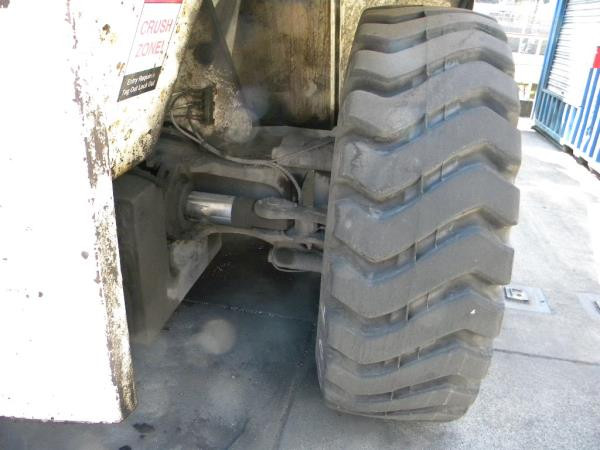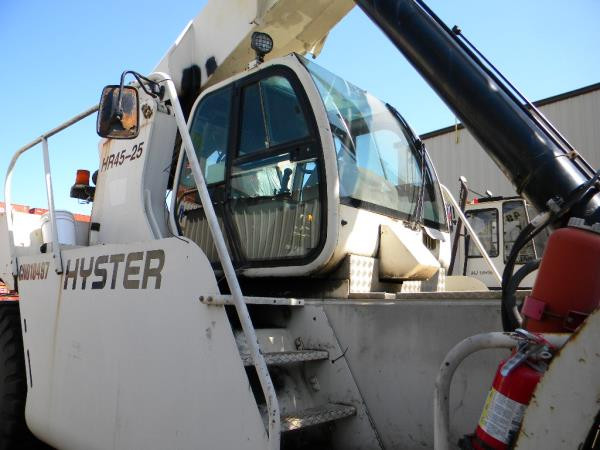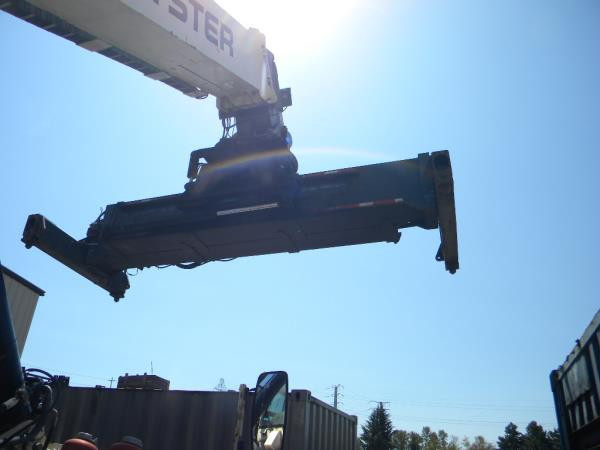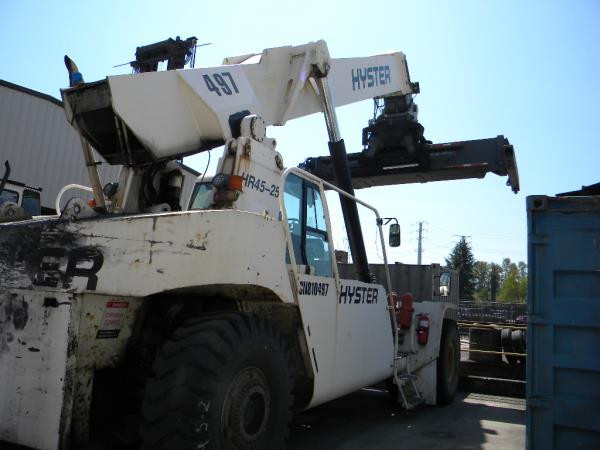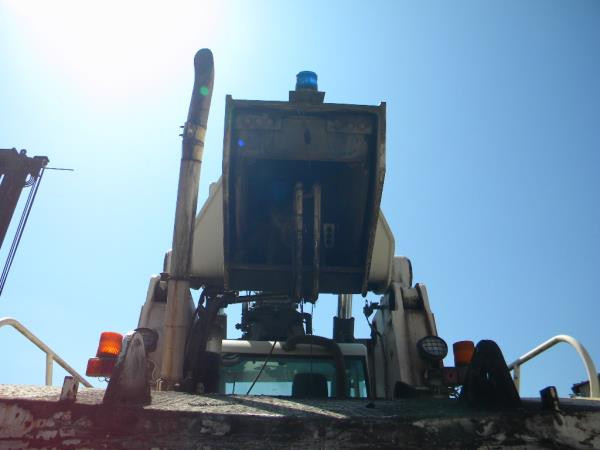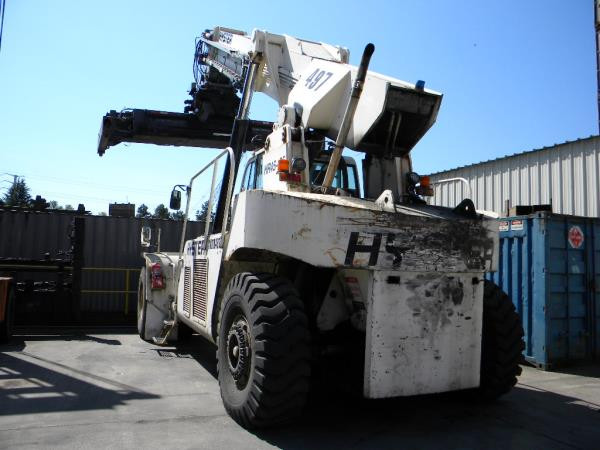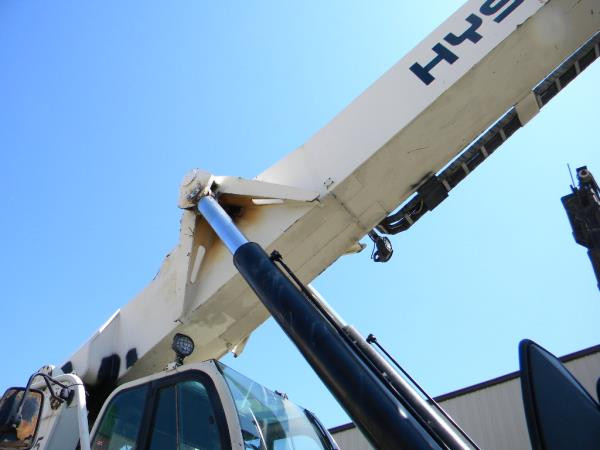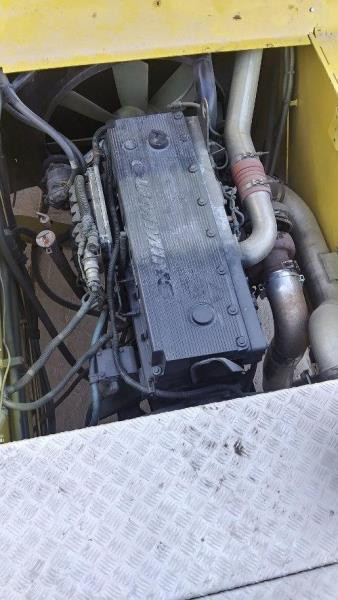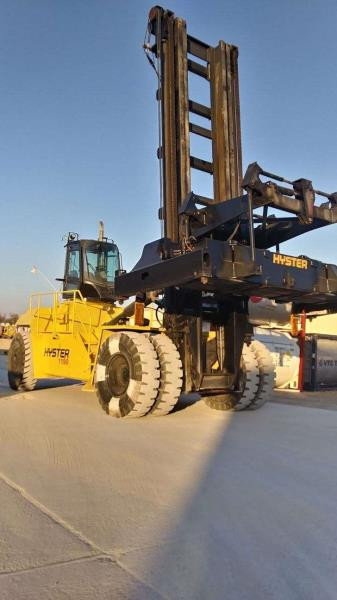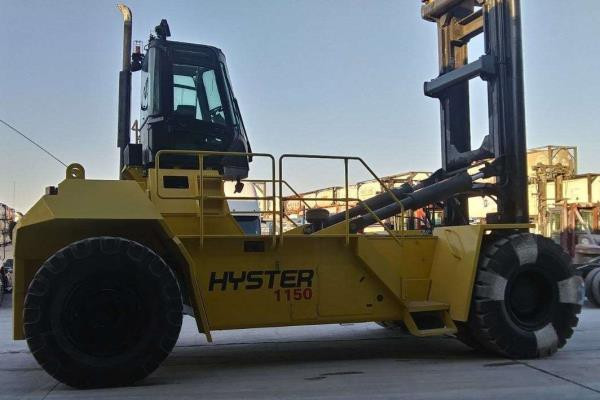Container Handler Huntington Beach
Used Container Handler Huntington Beach - Container handlers, also known as cargo ships and container ships transport their load in a large intermodal container. Containerization is the shipping method that utilizes commercial freight transport to carry seagoing cargo in non-bulk sizes. The capacity of container ships is measured in units equivalent to twenty-foot equivalent loads. The majority of typical loads consist of a mix of 40-foot containers and 20-foot containers. Roughly 90% of non-bulk items all over the world travel via container ships. As one of the largest commercial sea-worthy vessels, container ships are the main rival of oil tankers among the largest ships on the ocean.
Dry cargo is categorized into two main types: break-bulk cargo and bulk cargo. Grain and coal are bulk cargo, typically transported in their raw format inside the ships hull, free from packages. Break-bulk cargo typically is made up of manufactured items that are shipped in packaging. Before the 1950s when containerization hadn’t been invented yet, break-bulk materials were loaded, secured and unattached one piece at a time in a very time-consuming process. Once cargo began being grouped into containers, between 1000 to 3000 cubic feet of cargo can be moved simultaneously after each container has been secured with standardization. Overall efficiency has largely increased with break-bulk cargo shipping. It is estimated that shipping time has been reduced by eighty-four percent and costs have been reduced by approximately thirty-five percent. In 2001, over ninety percent of non-bulk materials were recorded as being transported in containers.
The initial container ships in the 1940s were designed from tankers that were converted post-WWII. Container ships eliminate the individual holds, hatches and dividers normal within traditional cargo vessels. The hull of the container ship is similar to a sizeable warehouse that uses vertical guide rails to divide the area into cells. These cells have been engineered to hold the cargo in containers. Most shipping containers are constructed from steel; however, additional materials including plywood, fiberglass and wood are used. Many containers are categorized by their size and function since they are designed to be transferred to and from trucks, trains, coastal carriers, semi-trailers and more.
Even though the shipping industry has been transformed by containerization, it took some time to streamline the process. Railway companies, ports and shippers were initially concerned about the extensive costs associated with building the railway infrastructure and ports required to accommodate container ships, along with moving the containers via road and rail. There was skepticism regarding potential dock and port worker job loss when containerization was announced for fear that numerous manual jobs would disappear. Approximately ten years of legal battles occurred prior to container ships began international service. A container liner service from the Dutch city of Rotterdam to the USA first started in 1966, soon to change world trade and shipping across the globe.
Container ships only take a few hours to be loaded and unloaded, compared to the days a traditional cargo vessel required. Shipping times have been shortened in between ports extensively along with labor finances. It only takes 3 weeks to have materials delivered from Europe to India as opposed to the months it used to require. There is generally less damage to goods due to less handling. Less cargo shifting during a voyage is also beneficial. Containers are sealed prior to shipping and opened only once they arrive at their destination, resulting in less theft and disruption.
There have been less shipping expenses and shipping time thanks to container ships which has increased international trade. Cargo that was previously shipped in bags, bales, cartons, barrels or crates now arrives in sealed containers from the factory. Scanning machines work with computers to trace the product code on the contents. Technology has made this tracking system accurate and exact to enable a two week voyage to be timed for arrival within an accuracy rate of under fifteen minutes. This time management has helped with manufacturing times and guaranteeing delivery. Sealed containers of raw materials arrive in under an hour to be used in manufacturing facilities, resulting in less inventory costs and higher accuracy.
The shipping companies supply the exporters with boxes for loading products. Materials are delivered by rail or docks or a combination of both and then loaded into container handlers. It used to take huge groups of men and numerous hours to fit cargo into different holds prior to containerization. The shipping industry today relies on cranes either installed on the ship or on the pier to situate containers on board. After the hull has been fully loaded, additional containers can be attached to the deck.
The key design element for container ships has been efficiency. Break-bulk ships may carry containers. Cargo holds that have been designated to cargo ships have been specially designed to enhance the processes of loading and unloading in order to keep containers safe while crossing the seas. The specialized hatch design allows openings from the main deck to access the cargo holds. A raised steel apparatus called the hatch coaming surrounds these openings that are found along the cargo hold breadth. There are hatch covers located on top of the hatch coamings. Until the 1950s, wooden boards and tarps were responsible for securing the hatches and holding down the battens. Hatch covers are made of secure metal plates and cranes are used to lift them on and off of the ship. There are other hatch models that rely on articulated mechanisms that use strong hydraulic rams for opening and closing.
Cell guides are a necessary component in cargo ship design. These vertical structures are made of strong metal that is attached to the cargo hold on the ship. They work by guiding containers into particular rows while loading and help to support items during travel. Since the design of the container ship utilizes cell guides in such abundance, the UN Conference on Trade and Development relies on them to separate traditional break-bulk cargo ships and container ships.
There are three dimensions used in cargo plans to determine the position of the container on board the ship. The initial coordinate starts at the beginning of the ship and increases aft. The tier forms the second coordinate. It starts in the bottom area of the cargo holds and the second tier is located on top of the first one and continues to grow. The third coordinate is found in the third row. Rows are situated on the ship’s port side have even numbers while those found starboard have odd numbers. The cargo situated near the centerline showcases lower numbers and as the cargo increases further from the center, the numbers get higher.
Container handlers can handle forty-five, or forty or twenty-foot containers. The big containers will only travel and fit above deck. The forty-foot sized containers makes up ninety-percent of the shipping containers. Roughly 90% of the freight in the world is delivered via container shipping. Approximately eighty-percent of global freight is shipped via forty-foot containers.
Container Handler PDF
Stock Number: EQU010819 GL
Make: Hyster
Model: H450H-ECH
Year: 2012
| Stock Number |
EQU010819 GL |
| Make |
Hyster |
| Model |
H450H-ECH |
| Year |
2012 |
| Category |
Container Handler |
Stock Number: 268847 GL
Make: Hyster
Model: H450H-ECH
Year: 1999
| Stock Number |
268847 GL |
| Make |
Hyster |
| Model |
H450H-ECH |
| Year |
1999 |
| Category |
Container Handler |
Stock Number: 207186 GL
Make: TAYLOR
Model: TXLC-974
Year: 2013
| Stock Number |
207186 GL |
| Make |
TAYLOR |
| Model |
TXLC-974 |
| Year |
2013 |
| Category |
Container Handler |
Stock Number: EQU015877 GL
Make: TEREX
Model: FDC500G5
Year: 2017
| Stock Number |
EQU015877 GL |
| Make |
TEREX |
| Model |
FDC500G5 |
| Year |
2017 |
| Category |
Container Handler |
Stock Number: EQU016114 GL
Make: HYSTER
Model: H1150HD-CH
Year: 2006
| Stock Number |
EQU016114 GL |
| Make |
HYSTER |
| Model |
H1150HD-CH |
| Year |
2006 |
| Category |
Container Handler |
Stock Number: EQU016115 GL
Make: HYSTER
Model: H1150HD-CH
Year: 2006
| Stock Number |
EQU016115 GL |
| Make |
HYSTER |
| Model |
H1150HD-CH |
| Year |
2006 |
| Category |
Container Handler |
Stock Number: 268327 GL
Make: Hyster
Model: HR45-25
Year: 2003
| Stock Number |
268327 GL |
| Make |
Hyster |
| Model |
HR45-25 |
| Year |
2003 |
| Category |
Container Handler |
Stock Number: EQU016116 GL
Make: HYSTER
Model: H1150HD-CH
Year: 2006
| Stock Number |
EQU016116 GL |
| Make |
HYSTER |
| Model |
H1150HD-CH |
| Year |
2006 |
| Category |
Container Handler |
